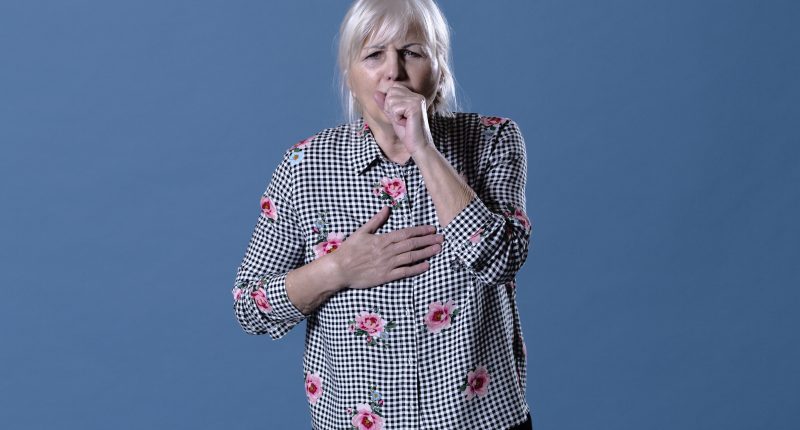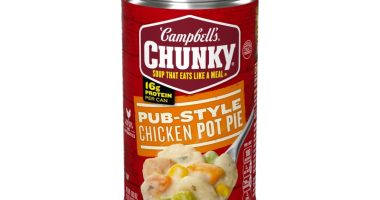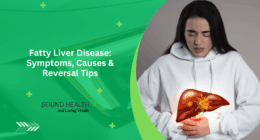Chronic Obstructive Pulmonary Disease, better known as COPD, is a progressive condition that affects millions of women worldwide—particularly those over the age of 50. Despite its prevalence, COPD often goes undiagnosed until it has reached an advanced stage. This delay in diagnosis can limit treatment options and impact long-term quality of life. Understanding the early warning signs and knowing when to consult a physician can make a critical difference in managing this chronic condition effectively.

What Is COPD and What Causes It?
COPD is an umbrella term for a group of lung diseases—including emphysema and chronic bronchitis—that cause airflow obstruction and breathing-related problems. According to Dr. Uma Darji, a board-certified family physician, “COPD occurs when long-term exposure to irritants damages the lungs and airways. The most common culprit is cigarette smoke, but air pollution, occupational dust, chemical fumes, and genetics also play key roles.”
Although traditionally associated with male smokers, the tide has shifted. Women now account for nearly half of all COPD cases in the U.S., according to the American Lung Association. And because female lungs are smaller and more susceptible to damage, women may experience symptoms earlier or more intensely.
Early COPD Symptoms to Watch For
The early stages of COPD can be subtle, often mistaken for normal aging or seasonal allergies. That’s why women in midlife must pay attention to the following signs, especially if they have a history of smoking or environmental exposure:
- Chronic cough: A persistent cough that doesn’t go away and often produces mucus.
- Shortness of breath: Especially during daily tasks like walking up stairs or carrying groceries.
- Frequent respiratory infections: Recurring colds, flu, or bronchitis may be a sign of weakened lung function.
- Wheezing or chest tightness: A whistling sound while breathing or pressure in the chest.
- Fatigue: Feeling unusually tired, even with sufficient rest.
These symptoms may worsen gradually, making them easy to ignore. One woman, 56-year-old Lorraine, shared how she chalked up her breathlessness to being out of shape until a persistent winter cough sent her to the doctor—leading to a COPD diagnosis. Her story reflects many others who miss early opportunities for intervention.
When to Talk to Your Doctor About COPD
While occasional breathlessness or coughing may seem harmless, persistent symptoms deserve medical attention. Dr. Darji emphasizes that “if you notice symptoms lasting more than four weeks or worsening over time, schedule an appointment with your primary care provider.”
Here’s when to seek evaluation:
- You cough most days for three months or more, especially over two consecutive years.
- Your breathlessness interferes with daily activities or worsens with exertion.
- You feel tightness in your chest or hear wheezing when you breathe.
- You’re experiencing recurrent respiratory infections.
During your visit, your doctor may perform a spirometry test, a simple breathing test that measures how well your lungs function. Chest X-rays or CT scans may also be recommended to assess structural damage or rule out other conditions like asthma or lung cancer.
How Advanced COPD Is Treated
While there is no cure for COPD, effective treatments can significantly improve quality of life and slow disease progression. Management strategies depend on the severity of symptoms and typically involve a multi-pronged approach:
- Bronchodilators and inhalers: These medications help relax airway muscles, making breathing easier.
- Steroids: Inhaled or oral corticosteroids reduce inflammation in the lungs.
- Pulmonary rehabilitation: A structured program that includes exercise training, nutrition advice, and education.
- Oxygen therapy: For individuals with low blood oxygen levels, supplemental oxygen can improve endurance and comfort.
- Surgery or lung volume reduction: In severe cases, procedures like lung transplantation or bullectomy may be considered.
Lifestyle changes are also essential. Quitting smoking is non-negotiable. Staying active, eating a balanced diet, and avoiding respiratory irritants can help preserve lung function.
Living Well with COPD: A Final Note
Early detection is key. Women over 50 should treat persistent respiratory symptoms as a health priority—not a sign of aging to be endured. COPD may be chronic, but with timely diagnosis and proper care, many women continue to lead active, fulfilling lives.
As Dr. Darji concludes, “COPD doesn’t have to define your future. When patients understand the disease and get the right support, they can live well for many years.”
Also Read | Julie Bowen Got a Pacemaker Early Due to Rare Syndrome










